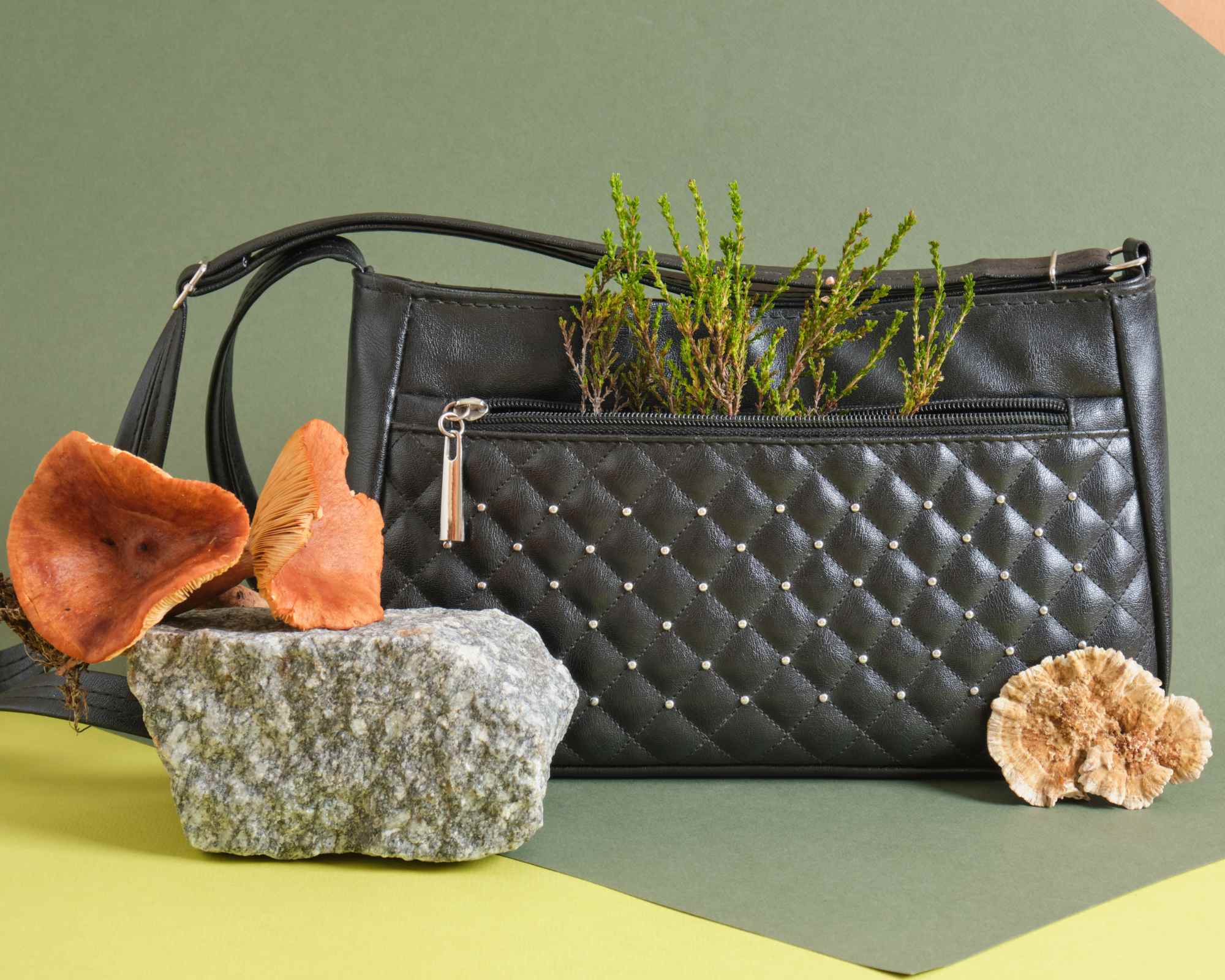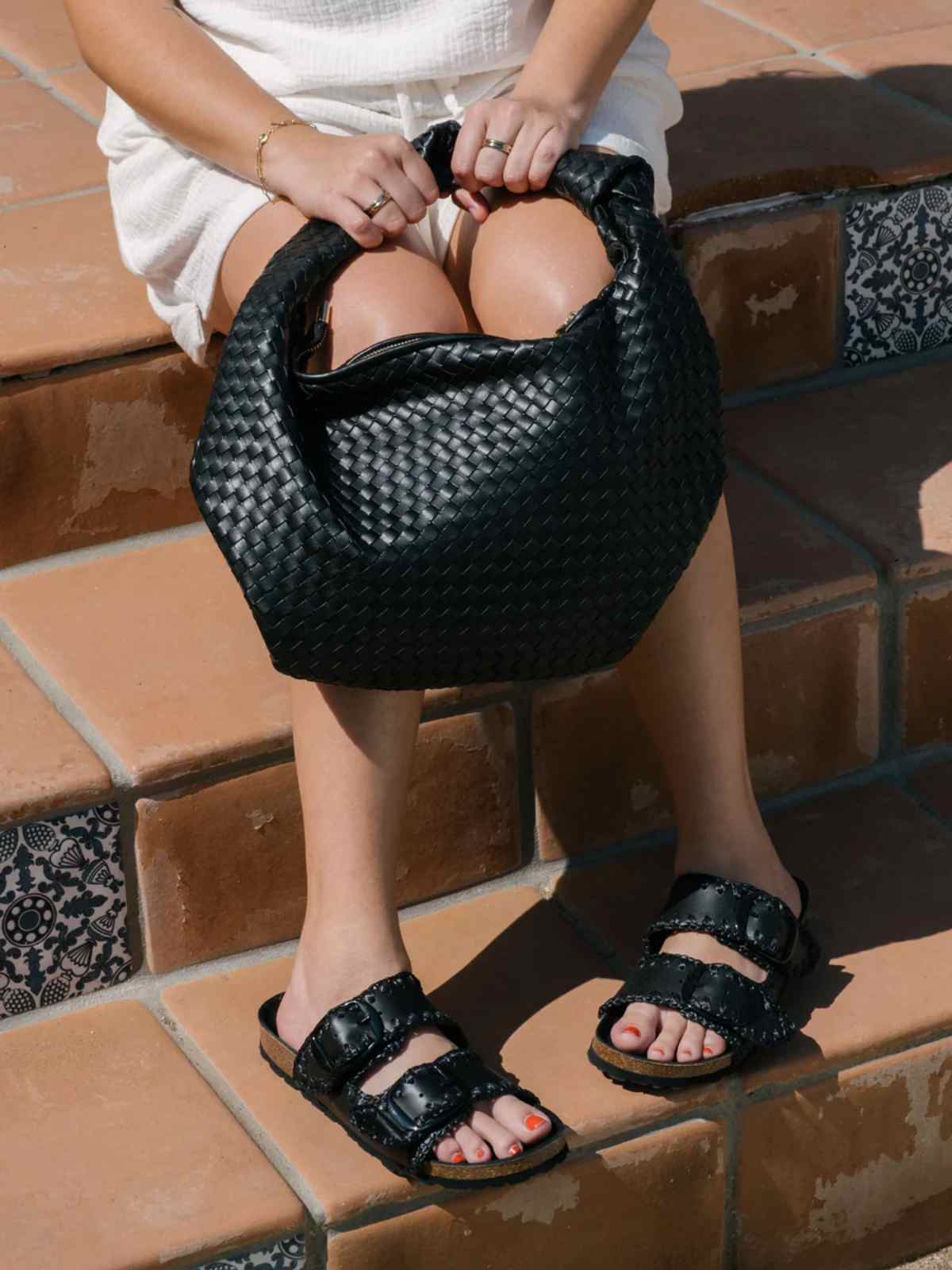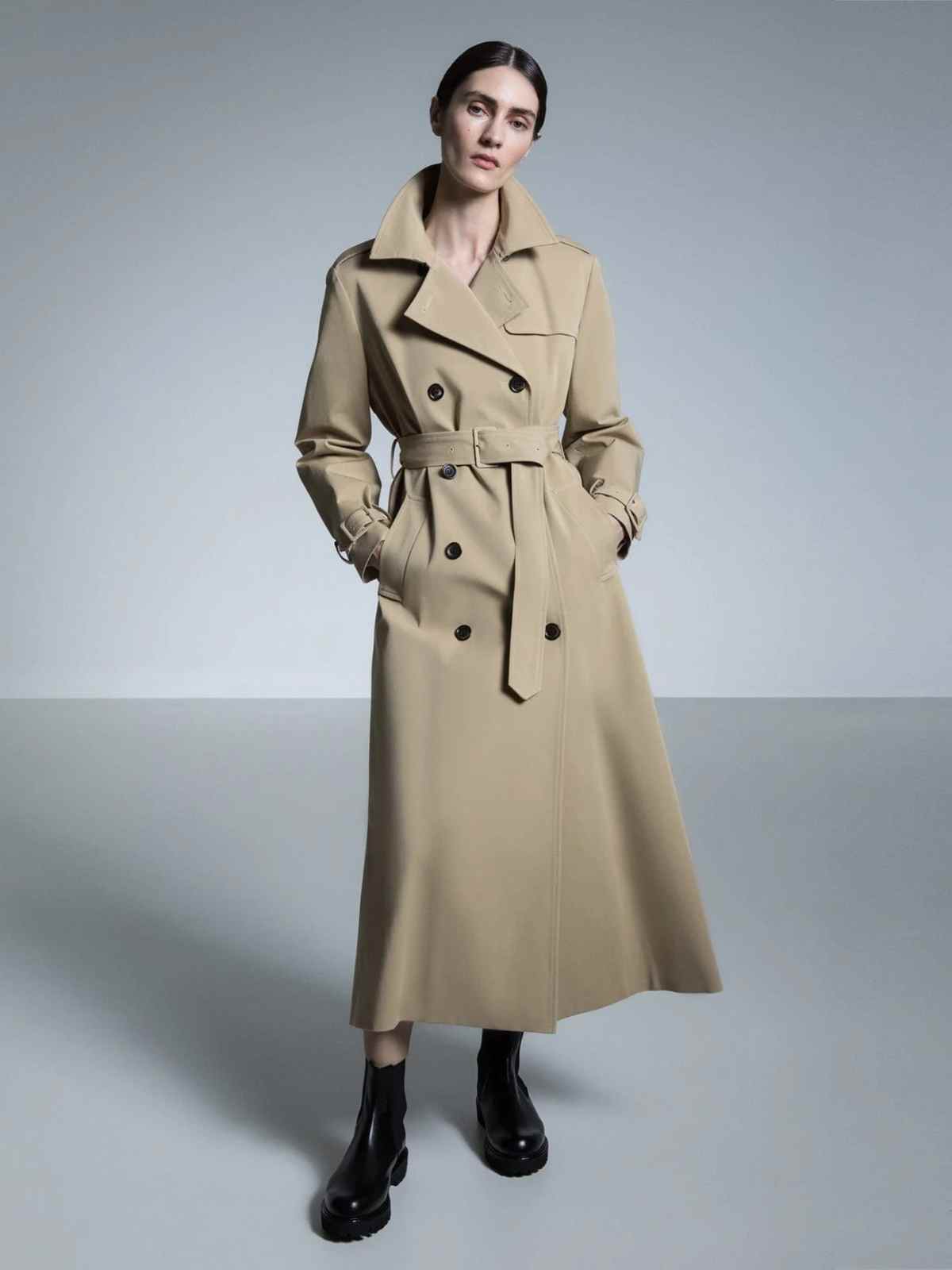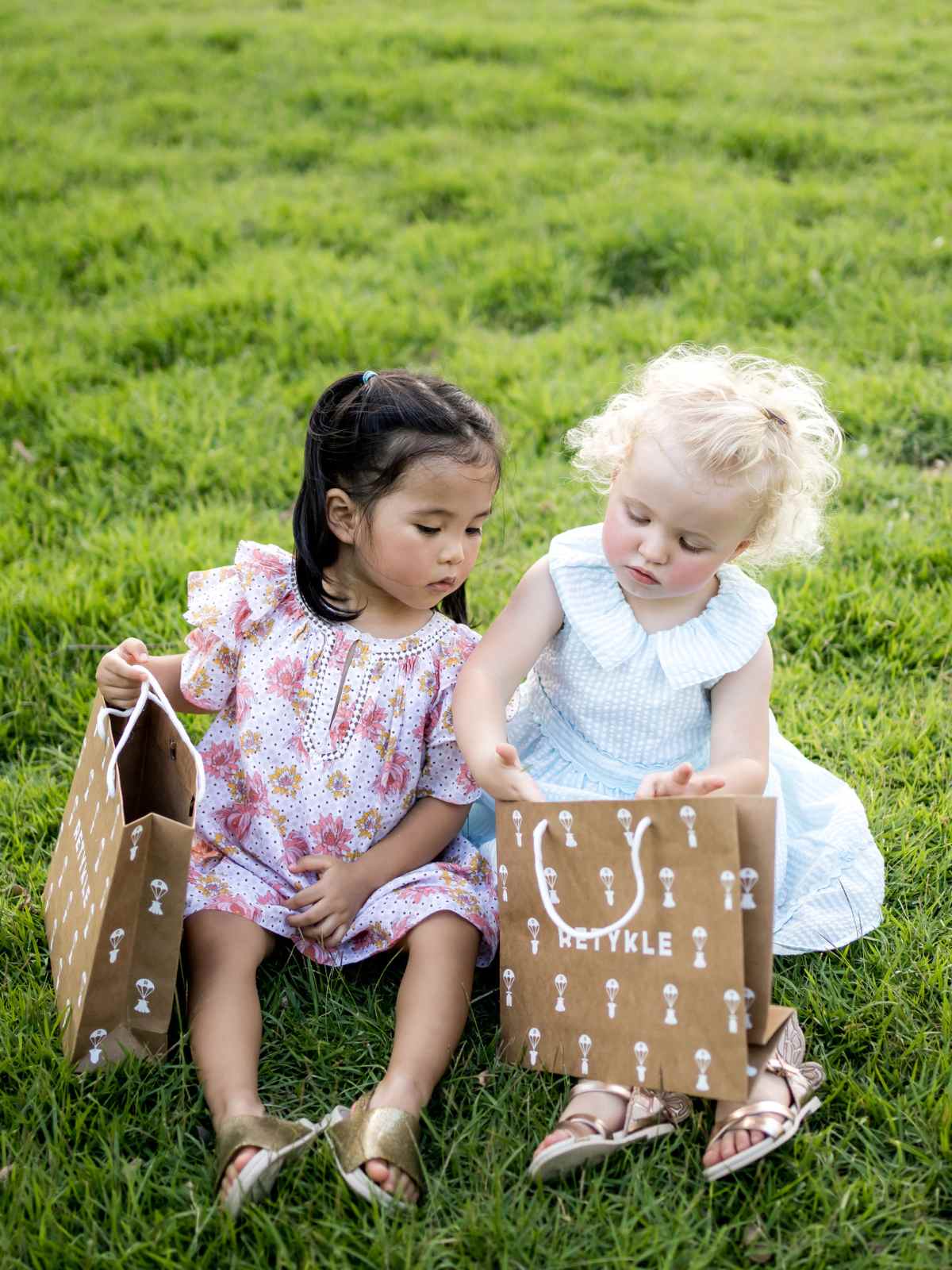From the horrors of factory farming to the health issues affecting workers, and its high carbon footprint, the leather industry has a whole host of sustainability issues. And it really begs the question: is it worth it for a pair of shoes? If buying leather doesn’t sit right with you, there are plenty of amazing alternatives out there. Read on to discover the most notable leather alternatives in fashion.
Leather alternatives that are worth checking out
There’s no denying that leather is a classic, durable material. For thousands of years, humans have benefited from animal hide as a by-product of hunting, using it for clothing, shelter, and tools. These days, in the era of factory farming and mass production, leather is considered a profitable co-product, which comes with its own set of ethical issues. And for consumers who are concerned about the impact of their fabric choices on animals, workers, and the environment, leather can be a questionable investment.
The good news is that innovators the world over are developing alternatives to be as hardy as leather, and that address the welfare issues associated with animal-derived hides.
The industry is constantly evolving, and there are many exciting materials to discover, but it is important to keep in mind that few of them have been widely adopted by the industry at the time of writing. Not only does this indicate challenges in a broad mindset change from fashion’s biggest brands, but in the industry’s trust that these new materials can truly rival traditional leather’s characteristics and, crucially, its durability—after all, if a brand is designing for longevity, it must be confident that the materials involved will stand the test of time.
Plastic and leather alternatives
Another important aspect of leather alternatives to consider is that many of them, including some of the materials in this article, still rely on some element of plastic or fossil-fuel-derived materials for durability. This is often in the form of a coating or bonding that strengthens the material or adds a quality, such as water-resistance, or a finish, such as a metallic sheen. And while the use of plastics in this space might not be to the same levels as traditional PVC leather alternatives, it still means that microplastics could be released into the environment, and that the material won’t be easily recyclable or biodegradable—if at all.
In some leather alternatives, bio-based plastics are used. This plastic is made using biological resources (in other words, not fossil fuels), but it doesn’t mean they’re biodegradable, as the resources have still been processed into a plastic material.
It can also be tricky to determine whether plastic is used in the manufacture of leather alternatives, but looking at the fibre content and the manufacturing process, if that information is available, can be really helpful.
A note on choosing materials based on your values
The use of plastic in many leather alternatives raises another question—is it better to avoid plastic-based leather or to avoid animal-derived leather?
Materials and fibres in fashion are a complex issue, and through our research, we found there is no established hierarchy of sustainability for materials in the fashion industry, and very limited comparable data (eg Life Cycle Analysis). What is clear is that every single material on the market today has some sort of trade-off and impact on the planet, and a mixture of preferred materials is needed going forward.
At Good On You, we do our best to make sense of the complex materials world by independently analysing the information that is out there and consulting with industry experts. We recognise that the impacts of a given material can vary based on where and how it was produced. We also welcome all the innovation around novel materials. But as always, we are looking for solid science to assess them against all the main areas of environmental impact
Our list of lower-impact materials is constantly evolving as more research and data comes to light.
We believe that you are the final decision maker when choosing materials for yourself. Figure out what is most important to you and let information guide your process.
Of course, materials are not the only issue a brand should be addressing. For example, a brand using vegan materials but not addressing greenhouse gas emissions in the supply chain, hazardous chemicals in dyeing, textile waste, or labour rights issues is far from best practice, but using more sustainable materials is a good base upon which to build a responsible brand.
Piñatex
Piñatex is a leather alternative made from pineapple leaf fibres. This innovative material manufactured by Ananas Anam, featured in Vogue, is taking the fashion world by storm.
The material is made by sun-drying long fibres derived from pineapple leaves, and then felting them together with a corn-based polylactic acid (PLA) to create Piñafelt—a base material. After that, special finishes are applied to the Piñafelt to achieve the range of commercial materials in Ananas Anam’s collection, including Piñatex. Not only is it a plant-based and more responsible material, but it also supports local farming communities by providing extra income from something that was previously discarded as waste.
Piñatex is not 100% biodegradable, however. According to Ananas Anam, the PLA used in the substrate/base material Piñafelt is only biodegradable under controlled industry conditions as it is formed of 20% PLA (the other 80% is banana leaf fibres), while Piñatex itself is coated by a REACH-compliant water-based polyurethane (PU) resin. “We have optimised the maximum amount of bio-based PU we can use while still ensuring longevity to our materials,” explains the company.
The fashion industry has shown a good level of interest in Piñatex, with the likes of Mashu (“Good”), NAE (“Good”), and H&M (“Not Good Enough”) choosing the material for their designs, but more is needed for Piñatex to gain momentum.
Mirum
Natural Fibre Welding (NFW), the company behind Mirum, describes it as the world’s first plastic-free leather alternative. Made from responsibly sourced natural rubber, plant-based oil, natural pigments, and minerals, Mirum has been developed as an adaptable material that can be customised in its colour, texture, finish, and thickness thanks to plant-based inputs. Mirum is “created using NFW’s patented plant-based curative – the first bioneutral alternative to petrochemical-based systems.”
Among those investing in the material are Pangaia (“Good”), Stella McCartney (“Good”), and Allbirds (“It’s a Start”), and back in September 2023, NFW agreed a partnership with industrial technology company IPCO to help scale up its Mirum production. Could this be the non-fossil fuel leather alternative the industry has been waiting for?
Bio-Tex
Another promising vegan leather alternative is Modern Meadow’s Bio-Tex using Bio Alloy technology, which is produced through a unique fermentation process using natural materials like sugar and yeast. This cutting-edge bio-based material has a soft, luxurious texture that rivals traditional leather. According to Modern Meadow, greenhouse gas emissions from producing Bio-Tex could be reduced by 91% compared to traditional chrome-tanned leather.
Like most materials on this list, Bio-Tex has been used in a small number of products, including by Everlane (“It’s a Start”). Most recently, Tory Burch (“We Avoid”) used it in a handbag design.
Desserto
Adriano Di Marti Company’s cactus leather, Desserto is another exciting vegan leather alternative. This material is made from the prickly pear cactus, which is abundant in Mexico and other parts of the world, and has a “water-efficient metabolism” that limits the amount of excess water needed to cultivate it.
The Desserto production process does not require harmful chemicals or excessive water usage thanks to local rainwater at the company’s ranch in Mexico’s Zacatecas state. Desserto can be used for everything from trainers to watch straps and wallets, and has seen good uptake across the fashion industry with the likes of Balenciaga (“It’s a Start”), Hublot (“Not Good Enough”), Onitsuka Tiger (“Not Good Enough”), and more applying the material in their designs.
In a February 2023 article, The Guardian reported that in 2021 the FILK Freiberg Institute investigated leather alternatives and found “the presence of chemicals and plastics in a range of leather alternatives suggested Desserto does contain PU, and found five restricted chemical substances in the sample tested”. The brand responded saying it was due to cross-contamination.
Malai
Made from agricultural waste from Southern India’s coconut industry, Malai material resembles real leather, but its maker notes that it shouldn’t be considered an animal leather imitation, since it has different properties.
Malai’s manufacture uses wastewater from coconut processing (which would otherwise be dumped into the environment, causing pollution) to feed bacterial culture in a fermentation process. After 12-14 days, a sheet of material is produced, and it is refined with gums, natural fibres and resins to achieve the durable Malai material. And because the material is made out of wastewater and natural fibres, you can pop it into the compost once you are finished with it.
However, Malai is vulnerable to humidity, and its maker explains that: “Although tough by nature… Malai will eventually start to break down. We cannot predict the exact rate at which this will happen because it is very specific to its treatment and the environment, but if properly cared for a product from Malai shall last anything from 4-8 years.”
So far, uptake by the industry has been slow, with a handful of small regional brands using the material in their designs.
Apple Skin
Another byproduct leather comes from apple harvesting. Made from discarded skin and cores, Apple Skin looks similar to real leather but has a paper-like feel. That’s actually a bonus, because the texture lends itself to easily adding different backings, coatings, and effects depending on the design it’s being used for. The material does incorporate water-based PU, and there’s no record yet of whether Apple Skin is biodegradable. “Good” brand VEERAH has used Apple Skin in a range of its heels, and a small selection of other brands have, too.
VegaTex, the company behind Apple Skin, has branched out into other alternative leathers, too. It also offers Lemon Skin—made from the citrus fruit’s pomace left over from the beverage industry, and Barley Skin, which uses spent grain from Budweiser’s brewing process alongside a water-based PU.
Mylo
A few years ago, mushroom leather Mylo was touted as the next big thing in lower-impact materials—and it still could be. But the material’s pioneer, Bolt Threads, paused production of Mylo in 2023 because of a lack of investment. Business of Fashion quoted the company’s statement as saying: “Despite our intensive efforts, the current macroeconomic climate has made it increasingly difficult to secure the necessary capital to support the scale up of emerging technologies.” Bolt Threads is still deciding whether it’s feasible to restart production, but the news symbolises an overarching challenge in the alternative materials industry—securing the funds and infrastructure for materials whose true longevity is yet to be proven.
Mylo is made from mycelium—the root structure of mushrooms, and Bolt Threads had even engineered a process to grow mycelium in a vertical farming facility powered by 100% renewable energy.
So far, Mylo has mostly been used to create handbags and shoes by a handful of major brands, and with its high quality and durability, there’s potential for it to be an important material for the fashion industry. In 2021, Stella McCartney (“Good”) used Mylo to create a bustier top and utilitarian trousers for a Vogue shoot, and later produced bags with it, too. Ganni (“It’s a Start”) had also invested in Mylo for its accessories.
Note that while Mylo is predominantly made of mycelium, it also contains “some lyocell and a water-based polyurethane (PU) finish for added strength and durability to ensure Mylo products have a long and useful life“.
MuSkin
Another mushroom leather is this organic textile by Life Materials, dubbed MuSkin, which comes from the fungus Phellinus ellipsoideus. Fungi can be grown to the specific size and shape required for designs. Waterproofing is necessary but can be done without harmful chemicals, making this a biodegradable alternative to leather. Softer than suede and antibacterial, this is a clever innovation to look out for in the future, but so far there’s little evidence of investment from the fashion industry.
Waxed canvas and (organic) cotton
Waxed fabrics have long been used for jackets and bags, and in recent years have expanded to other clothing items. The wax is more responsible and protects you from the elements like leather does, and can easily be made to look as good as new through rewaxing, meaning your waxed garment can stay in your wardrobe for years. In fact, waxed garments make ideal second-hand purchases because they’re so easy to restore.
Waxed cotton is used by many brands as a leather alternative, but not all of them use organic cotton, so make sure you double-check before purchasing.
Cork
If you are looking for a quirky, sturdy, and waterproof leather alternative, look no further. Cork leather has skyrocketed in popularity as a fashion material, because not only is it renewable, it is durable, light, and easy to keep looking good as new.
Cork is a plant fibre that comes from cork oak trees. With a lifespan of around 300 years, cork oak trees are harvested for their bark each decade, but the trees continue to live and grow, going on to produce more cork. The harvested material is dried over six months before being boiled and formed into a fabric. This fabric is often backed with a water-based polyurethane, though, meaning it can’t be composted at home.
Recycled rubber
If you’re after hardy leather accessories without the animal cruelty, recycled rubber could be right up your alley. While it is durable and easy to care for, it’s important to note that this material takes a long time to break down, so it’s best to invest for the long-term.
A lot of commercially available rubber doesn’t even come from rubber trees anymore—it is entirely synthetic. That aside, we recommend recycled rubber products. You’ll give new life to objects like tyres and even fire hoses.




















